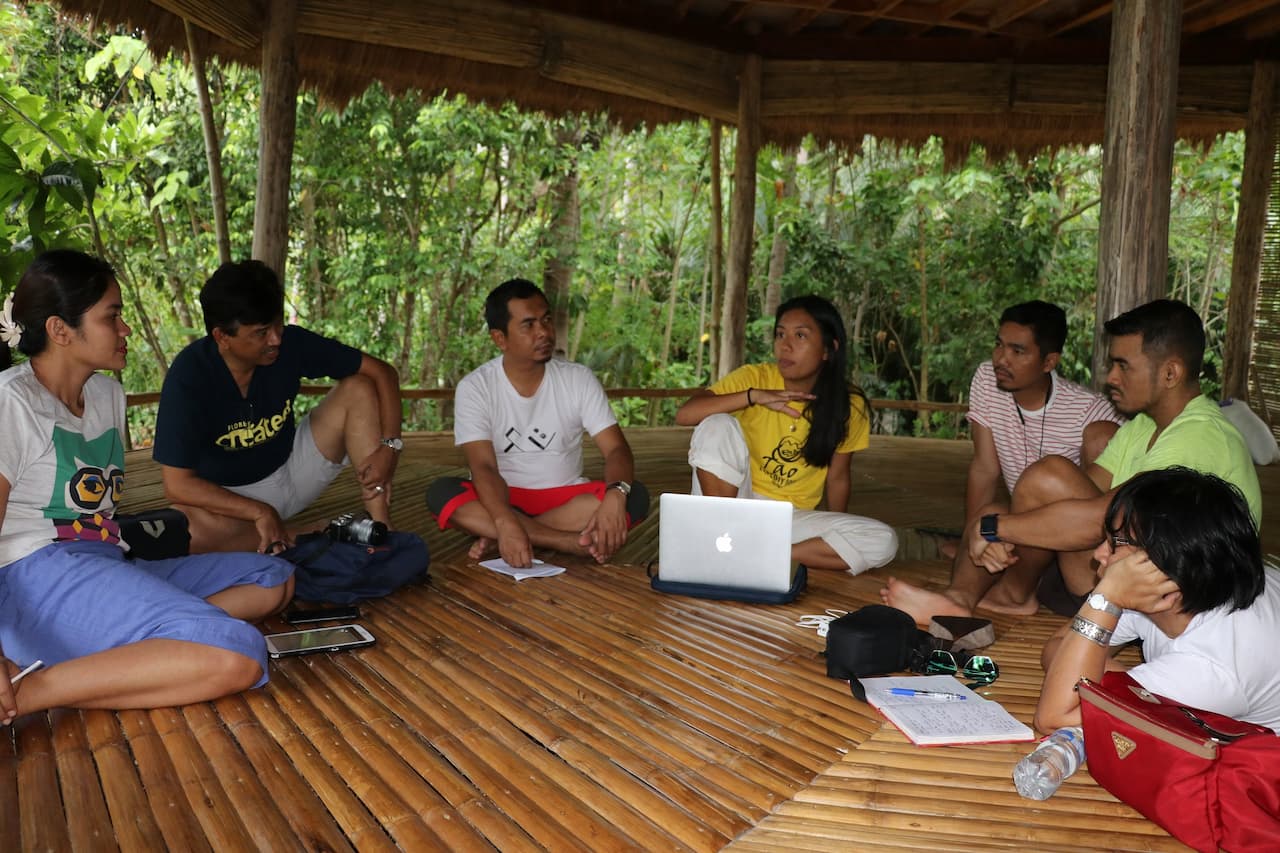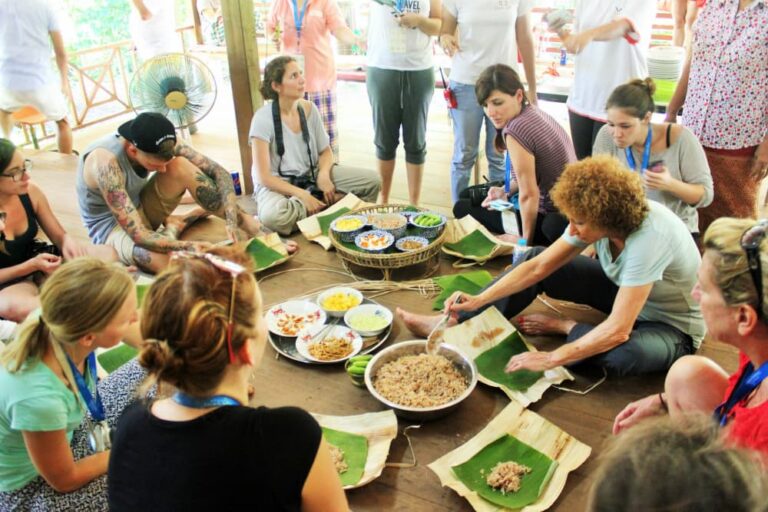Community-based tourism (CBT) is a pivotal strategy in Tanzania’s efforts to conserve its rich biodiversity while promoting sustainable development. This approach involves local communities in tourism activities, ensuring that they benefit economically while actively participating in conservation initiatives. By leveraging the unique cultural and natural assets of the region, CBT fosters a symbiotic relationship between tourism and conservation, ultimately leading to more effective and sustainable environmental stewardship.
Economic Incentives for Conservation
One of the primary advantages of community-based tourism is that it provides direct economic benefits to local communities. When communities see tangible financial gains from tourism, they are more likely to support and engage in conservation efforts. According to a report by the Tanzania Tourist Board, “community-based tourism projects have significantly increased household incomes in participating villages, reducing the reliance on destructive activities like poaching and deforestation.”
For instance, in the northern region of Tanzania, near the Serengeti National Park, the Maasai communities have developed eco-tourism projects that include guided cultural tours, traditional dance performances, and handicraft sales. These activities provide alternative income sources, thereby reducing the community’s dependence on livestock grazing within protected areas. “Our tourism project has not only improved our livelihoods but also made us guardians of our wildlife,” says Joseph Queens from https://onlinecasinocz.net/real-monay/.
Enhancing Conservation Awareness
Community-based tourism also plays a critical role in raising awareness about conservation issues among both locals and tourists. Educational programs and interpretive tours led by community members help visitors understand the importance of preserving Tanzania’s unique ecosystems. These programs often emphasize the interconnectedness of human and environmental health, fostering a deeper appreciation for conservation efforts.
“Tourists leave with a better understanding of our environment and the challenges we face in protecting it,” explains Maria Ndagire, a tour guide from a CBT initiative in the Usambara Mountains. “They become advocates for our conservation projects, supporting us through donations and spreading the word about our work.”
Strengthening Cultural Heritage
CBT not only aids in environmental conservation but also helps preserve and promote local cultural heritage. By integrating cultural experiences into tourism activities, communities can showcase their traditions, languages, and crafts, which might otherwise be at risk of disappearing. This cultural preservation is essential for maintaining a sense of identity and continuity among local populations.
“Through our cultural tours, we share our history and way of life with visitors, which helps keep our traditions alive,” notes Fatima Hassan, a member of a women’s cooperative in Zanzibar. “The income we generate supports our community projects, including schools and health clinics, which in turn strengthens our community.”
Collaborative Management of Natural Resources
Effective conservation often requires collaborative management of natural resources, and CBT provides a platform for such cooperation. By involving local communities in the planning and management of tourism activities, conservation strategies become more inclusive and better aligned with local needs and knowledge. This collaborative approach ensures that conservation measures are culturally appropriate and more likely to be successful in the long term.
A study published in the “Journal of Sustainable Tourism” highlights the success of joint forest management programs in Tanzania, where communities work alongside government agencies to protect forest reserves. “These partnerships have led to significant reductions in illegal logging and increased forest cover,” the study reports. “Community involvement is key to the success of these initiatives.”
Reducing Human-Wildlife Conflict
Human-wildlife conflict is a major challenge in many parts of Tanzania, where agricultural and livestock activities often encroach on wildlife habitats. CBT initiatives help mitigate these conflicts by providing communities with alternative livelihoods that do not depend on land-intensive activities. Furthermore, tourism revenue can fund compensation schemes for losses caused by wildlife, reducing the incentive for retaliatory killings.
In the Ruaha National Park region, for example, a community-based conservation project has established a compensation fund for livestock losses caused by predators. “Since the introduction of the compensation fund, there has been a notable decline in incidents of predator poisoning,” says park ranger Daniel Mwita. “The community now sees the value of preserving these species for tourism.”
Promoting Sustainable Practices
Community-based tourism encourages sustainable practices by incorporating environmental conservation principles into tourism operations. This includes the use of eco-friendly infrastructure, waste management systems, and sustainable resource use. These practices not only minimize the environmental footprint of tourism but also serve as models for sustainable living within the community.
“In our lodge, we use solar energy and have implemented a comprehensive recycling program,” says Michael Kimaro, manager of a CBT lodge in Tarangire National Park. “Our guests appreciate these efforts and often inquire about how they can adopt similar practices at home.”
Conclusion
Community-based tourism is a powerful tool for conservation in Tanzania, providing economic incentives, enhancing awareness, and fostering collaboration between local communities and conservationists. By integrating cultural heritage and sustainable practices into tourism activities, CBT not only protects the environment but also strengthens community resilience and promotes sustainable development. As more communities and stakeholders embrace this model, the future of Tanzania’s natural and cultural treasures looks promising.
“Community-based tourism has transformed our approach to conservation, making it a shared responsibility and a source of pride,” concludes Professor Amani Mollel, an expert in sustainable tourism. “With continued support and collaboration, we can ensure that both our environment and our communities thrive.”
Through these diverse benefits, community-based tourism exemplifies how local involvement and sustainable practices can lead to successful conservation outcomes, providing a hopeful path forward for Tanzania and beyond.


